The story of Veronica and María: San Juan Chamula, Mexico
The breaks squeak, the collectivo mini-van stops, we verify the destination, get on and the journey begins. Beforehand my friend Saul and I had bought breakfast at the San Cristobal de las Casas market (consisting of bread and a bag full of fresh peaches). We quickly notice that there are two young girls behind us and anxious to hear their stories we strike a conversation.
Veronica and Maria introduce themselves, we introduce ourselves and then try to break the ice by challenging them to guess our age. The trick works and we get some smiles out of the after claiming we are 60 years old. We offer each of them a peach and before we cold finish the invitation the two had stuck their little hands into the bag and each grabbed one and taken a big bite with their little mouths.
Veronica, 12 years old, tells us that she goes to school because she thinks it is important to learn how to read and write. Maria, 10 years old, however, thinks that school is boring and she rather not go and do better things with her time. Our attempts to convince her otherwise do not seem to hit much fertile ground. They tell us that school in their town is voluntary and most children do not go but rather help their parents earn money. We offer another round of peaches. Maria having lost some of her original shyness, takes two at once and starts taking big bites. Sometime later it becomes obvious that it is Veronica that is answering all our questions and I wonder if that is because she is the older one, does not have as much peach in her mouth, or is the one of the two that goes to school?
It turns out that both Veronica and Maria are from San Jan Chamula, the town to where we were headed. To make the trip more amusing we suggest to trade a lesson in Tzotzil, their native language, in exchange for some sentences in German and we would throw in some more peaches on top of it. We struggle as much with the foreign pronunciation of Tzotzil as they do with German, but we all laugh a lot.
The bus arrives and we ask the two to give us a tour of their indigenous town. The two happily agree. As we exit the bus a horde of men greet us each selling their our services. Conveniently we tell them we already have two professional guides. Veronica and Maria smile (this time showing some of their teeth because the peaches that before covered them have long been gone along with the bread we had bought and the big bag has been emptied by the two hungry mouths).
The highlight of the town of San Juan Chamula is the church at its center but not because of its physical appearance but because of what takes place inside. I enter and am almost blinded by the bright candle light. No chairs or seats exist in the church and most of the ground is covered with lit candles making the inside of the church more than comfortably warm. Several ladies are walking up and down the church waving bowls of incense that make the whole experience more mystic. In a corner several men are softly playing instruments (drum, harp and guitar) while another man is gently chanting a mantra.
This church is home to an important healing ritual: In this indigenous tradition a sick person comes to this church together with a healer. They kneel down on the floor (but place a layer of green leaves beneath them for padding). They then light about 50 small candles on the floor while the healer chants traditional prayers. She then takes a raw egg and rubs it over the body of the sick person. The egg is believed to have the power to remove sickness. Thereafter the healer takes the egg and touches it against a live chicken (thus the disease is returned to the mother of the egg). To make sure that the disease stays with the chicken, the healer twists its neck a few times (killing it in the process) and trapping the disease inside the dead chicken. To top things off, the sick (and now healed) person has to take a large sip of Coca-Cola and then burp. This burp is believed to release the final spirits of sickness. A few more chants and the person is healed. As we leave this Catholic church I am fascinated by the unique fusion of traditional believe of sacrifice and healing blended with traditional Catholic creed.
We continue our tour of the city with our professional guides. As we walk past a large and luxurious house (certainly relative to every other house in town) I ask Veronica who lives here. The persons with the Coca-Cola franchise is the answer, who else.
The tour is over and after taking parting photographs with Veronica and Maria (she still has not said much) they gift each of us one of the hand-made bracelets they are selling, along with one of those unforgettable smiles that only children can give.
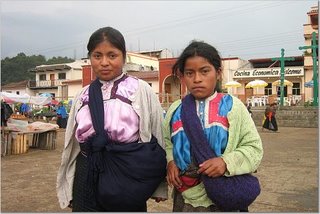
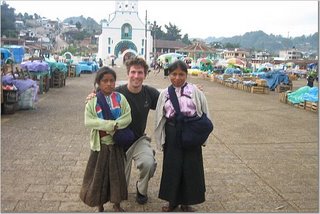
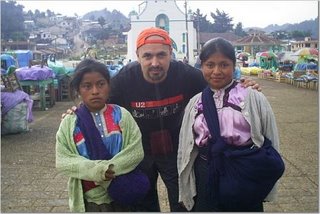
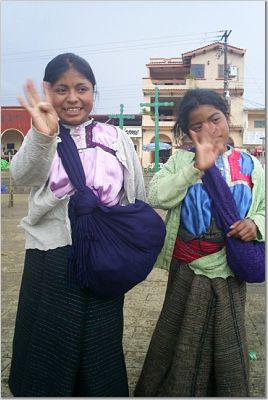
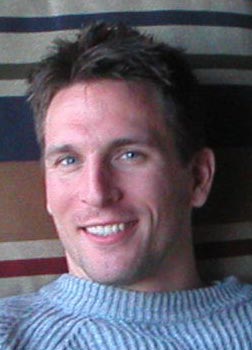


<< Home